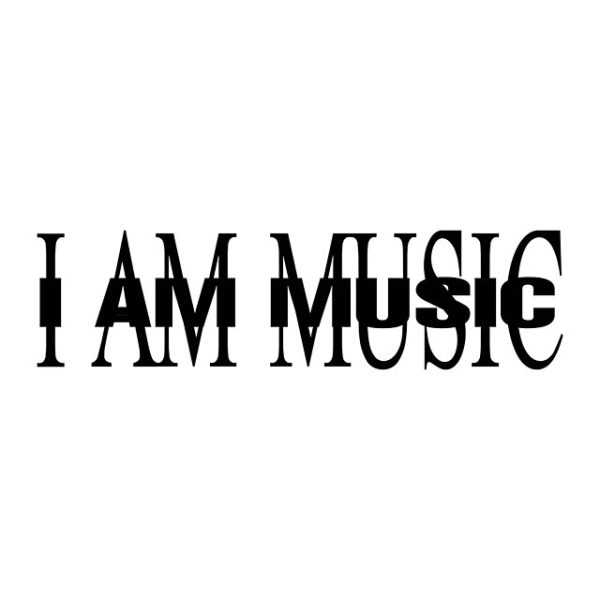Aaron Sorkin’s Trial of the Chicago 7 depicts harsh racial realities from the 1968 Chicago protests that still persist today
Promotional Material Courtesy Courtesy of Niko Tavernise/Netflix Abbie Hoffman (Sacha Baron Cohen) and Jerry Rubin (Jeremy Strong) walk into the courthouse gleefully as the whole world is watching.
Abbie Hoffman (Sacha Baron Cohen) and Jerry Rubin (Jeremy Strong) walk into the courthouse gleefully as the whole world is watching.
Aaron Sorkin’s Trial of the Chicago 7, released October 16, 2020, reaches expectations while depicting a strong narrative of injustices reflective of today’s society. Available on Netflix, the film follows the lives of seven leaders of the anti-Vietnam War efforts as protests break out in Chicago during the 1968 Democratic Annual Convention.
The plot looks at the lives of eight defendants, showing the events that led to the trial and providing a background to the convoluted inner workings of the court case. The movie begins with Bobby Seale (Yahya Abdul-Mateen II) demanding to defend himself. Seale, only in Chicago for four hours during the convention, is tried along with the leaders of the protests because of his position opposing the government. From there, the film introduces a timid Tom Hayden (Eddie Redmayne), to portray the immense weight of the trial on its participants. This serves as an interlude to the seven leader’s eclectic feelings surrounding the trial. The film transitions from the courtroom battle to the streets of Chicago, as tensions rise amongst protestors with the convention date encroaching.
Switching between the trial and rising tensions, the film features a prolonged legal battle that keeps viewers on the edge of their seats. The movie shows the leaders actions during the protests that lead them to their participation in the infamous Trial of the Chicago 7. The movie interworks overt racial injustices apparent in our legal system, making it seem as if there is no hope for justice.
Sorkin’s film provides minimal background, focuses on theatrics, and forgets about a cohesive plot. The movie is rushed, as the plot jumps from the present to the past with seemingly no build-up. The rapid progression of the movie causes confusion to which time period the scenes took place, taking away from the overall message of the film. Providing minimal background, the film expects viewers to already understand the complex politics of the 1960s with little to no explanation about rising political tensions.
Even with a convoluted sequence, the film manages to present issues of injustice that still persist in today’s society. The portrayal of the Black Panther leader, Seale, depicts overt forms of racism that are apparent in the infamous trial. He is still tried amongst the leaders of the protest with minimal-to-no evidence of his correlation. Furthermore, Seale tries to stand up for himself and is literally bound and gagged, stripping his right to freedom of speech, all because of the color of his skin. When the white members of the trial were unruly in the courthouse, they were let go with more charges, never bound and gagged. The film explicitly states that the judge took his punishment too far because of the color of Seale’s skin in order to get this message across. Although there is no main character, the portrayal of Seale stands out as it provides a direct message of racial injustice to viewers.
Another positive aspect is the film’s phenomenal acting. The role of Abbie Hoffman (Sacha Baron Cohen) is impeccably played by combining the right amounts of humor to lighten the mood, as well as seriousness when needed to convey larger themes of racial injustice. At every scene, without words, his emotions impeccably show the tones that Sorkin is trying to evoke.
With the interworking of stellar acting and admirable themes, Sorkin’s Trial of the Chicago 7 is one of the best films from the past decade. For these reasons I rate the film a 4.5 out of 5.

Aler Giffin is a senior at Archie Williams High School and has been a part of the journalism program for three and a half years now. In his free time he...








